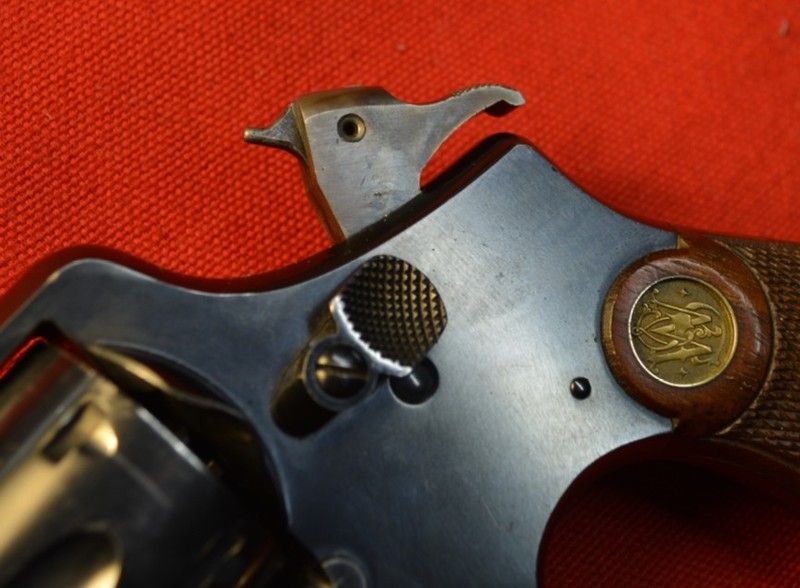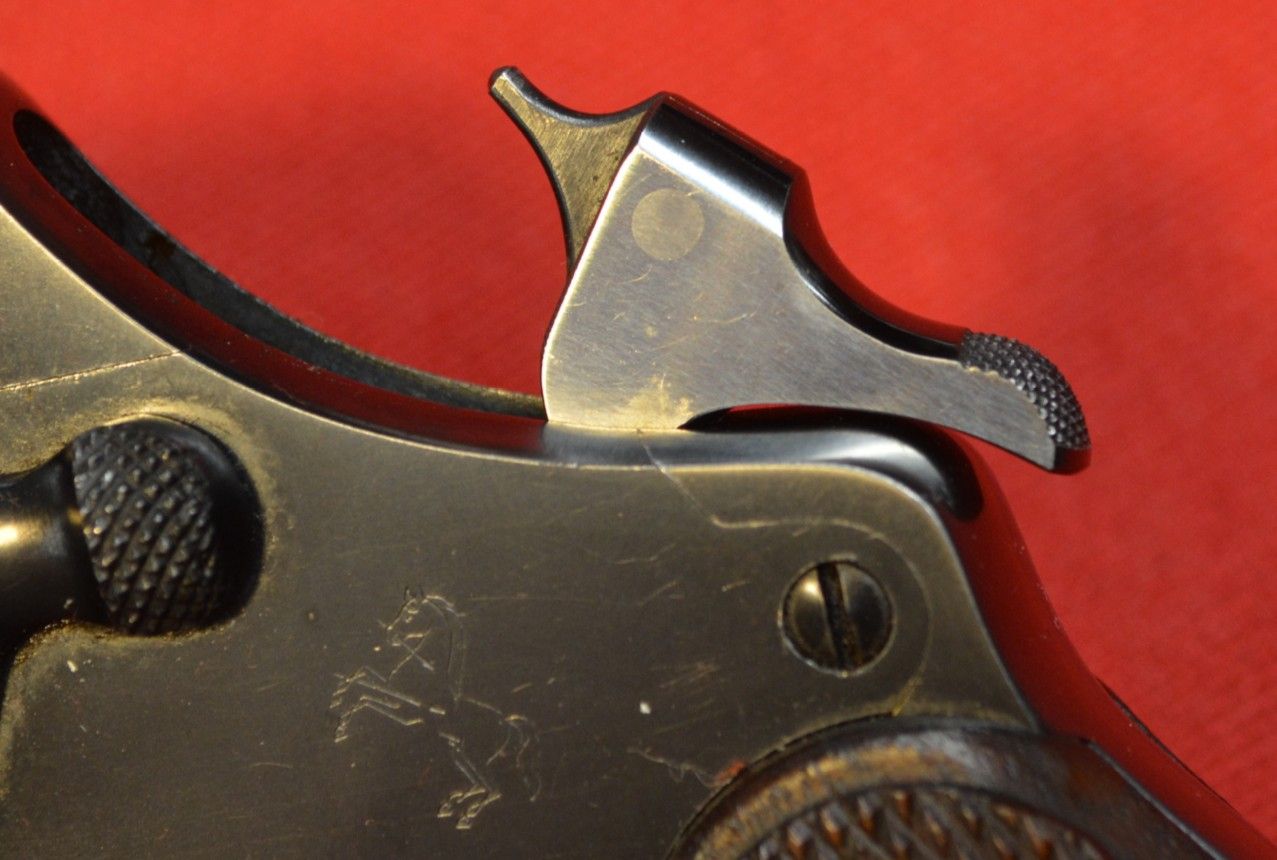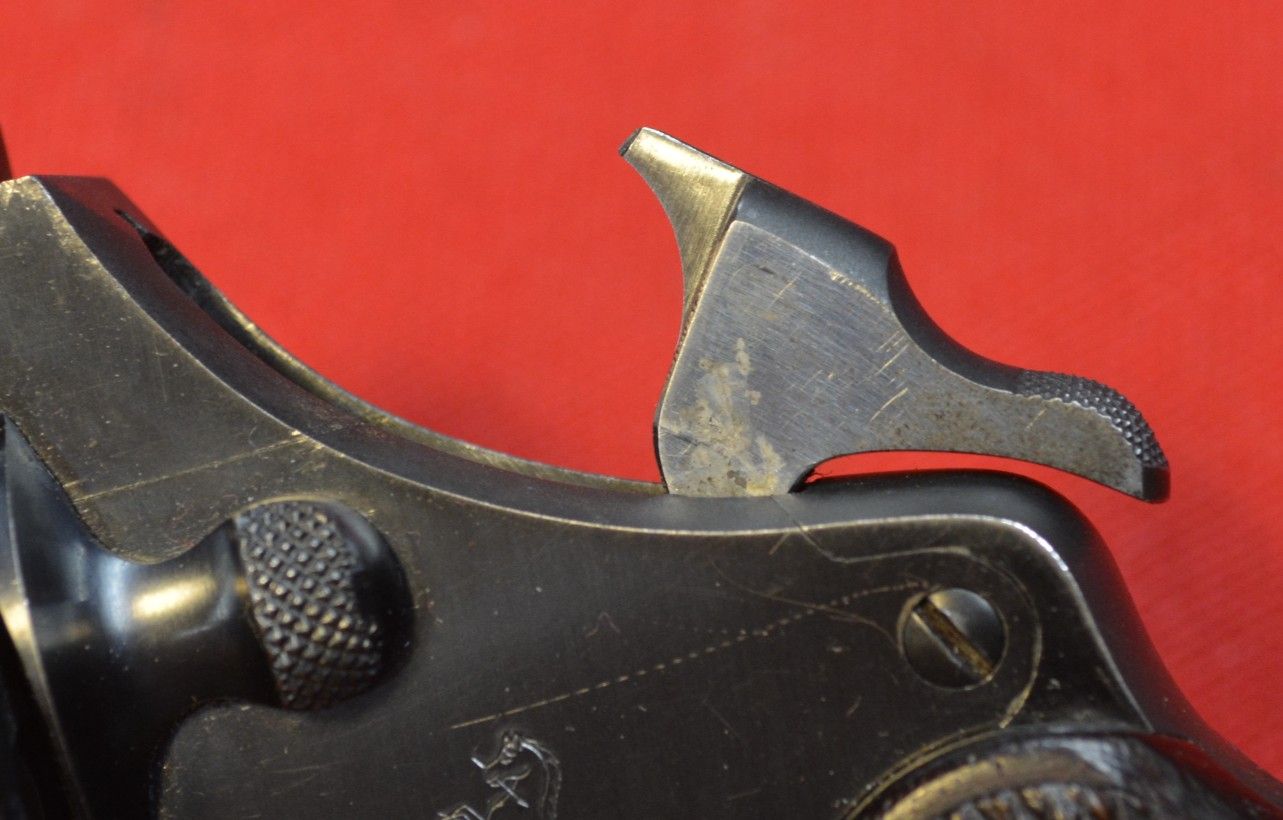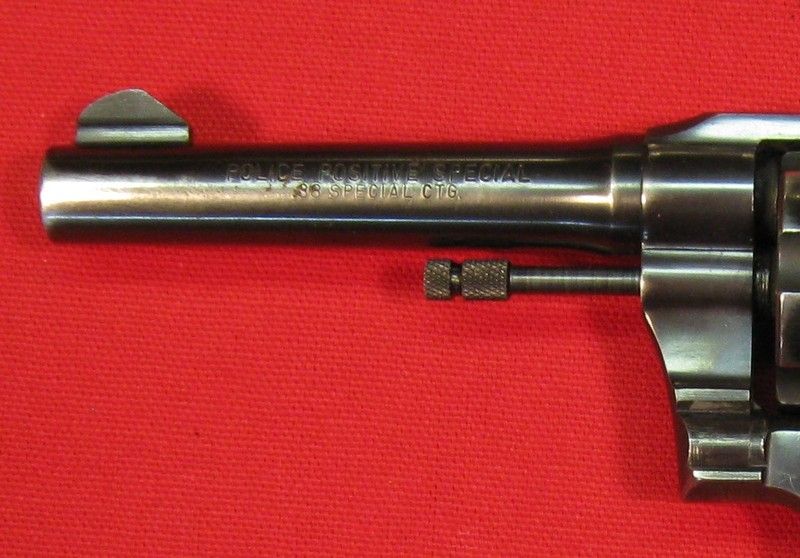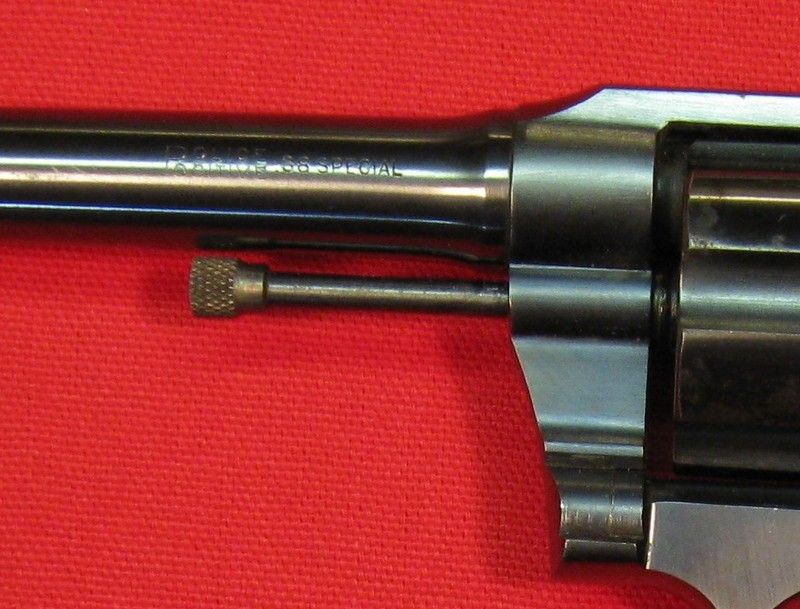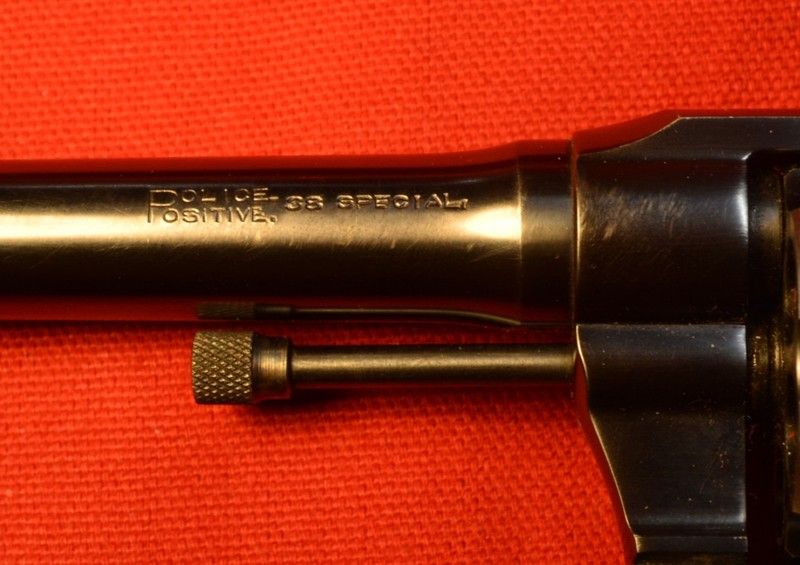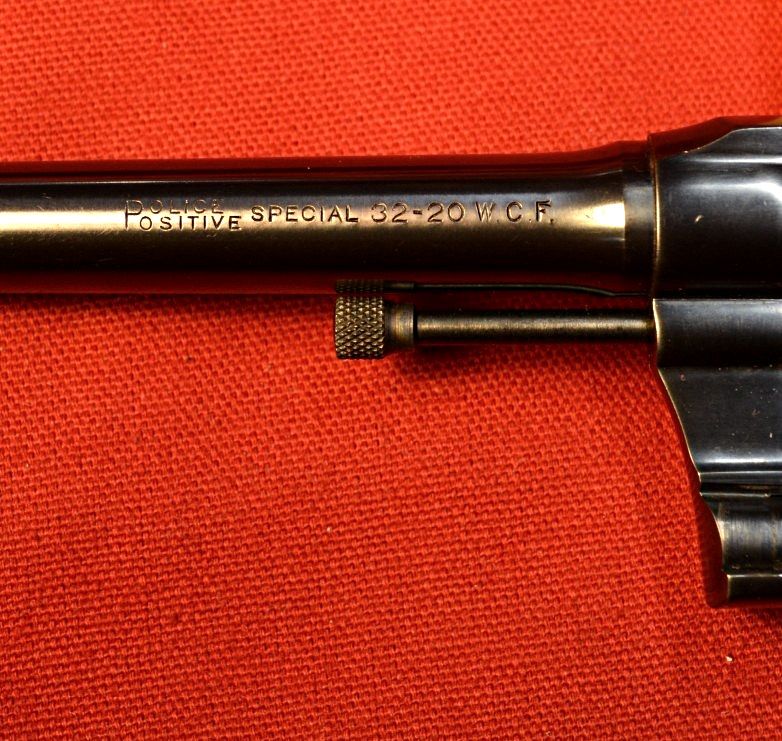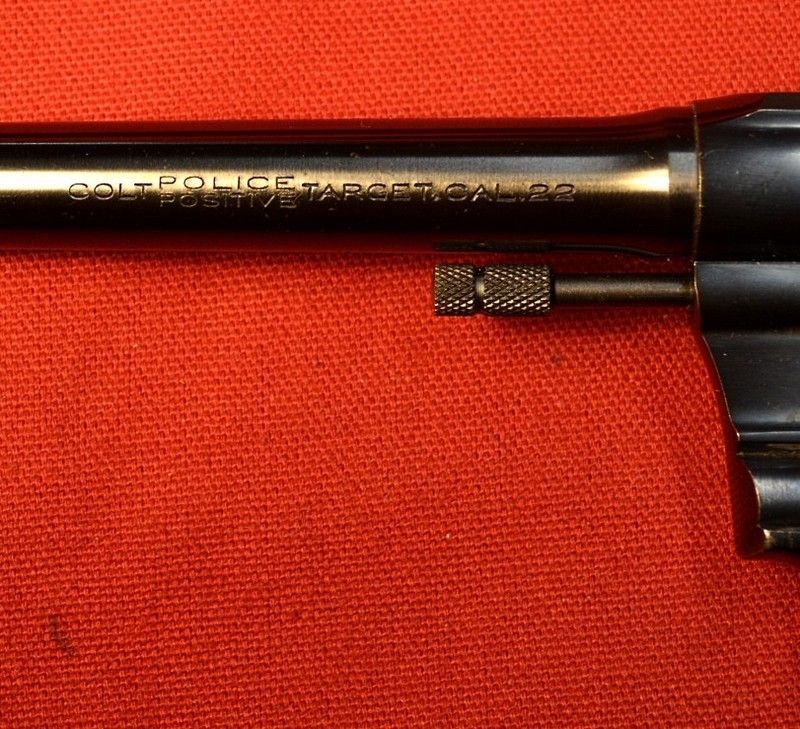jhinalabama
New member
SO I got this Colt Police Positive .38. The firing pin has a little up and down wiggle. Is this normal? The gun is in like new condition. I've never had a Colt with the firing pin made on the hammer, It looks ok but just wasn't sure.
Thanks
Thanks

